Address: 149 Shwebontha Road
Year built: Ca. 1860s
Architect: Unknown
Shwebontha Road used to be known as Mogul (Mughal) Street and was at the heart of “Indian” Yangon. India’s last Mughal emperor, Bahadur Shah Zafar, was exiled to Rangoon after the Indian Mutiny of 1857—the greatest and bloodiest challenge to British colonial rule at the time. Zafar brought with him a legion of courtiers and attendants. Many of the shopkeepers in this part of Yangon claim descent from the exiled court, as Thant Myint-U explains in his book Where China Meets India: Burma and the New Crossroads of Asia.
The first mosque in Yangon was built as early as 1826. (It was destroyed in the Second Anglo–Burmese War in 1852.) In the early 1840s, when Colesworthey Grant visited the city, he observed that besides two churches (the predecessor to today’s Armenian Church and a Roman Catholic Church), were three “Mohummudan mosques, indicating that intolerance in religious matters, at least, is not amongst the fault of the Boodhists”.
The Surti Sunni Jamah Mosque was built some time around the 1860s, and some sources refer to its opening in 1871. This makes the mosque one of the oldest still in its original state, although its exterior is covered in tiles today. Two large minarets flank the mosque and its imposing arched entrance tower protrudes above the pavement.
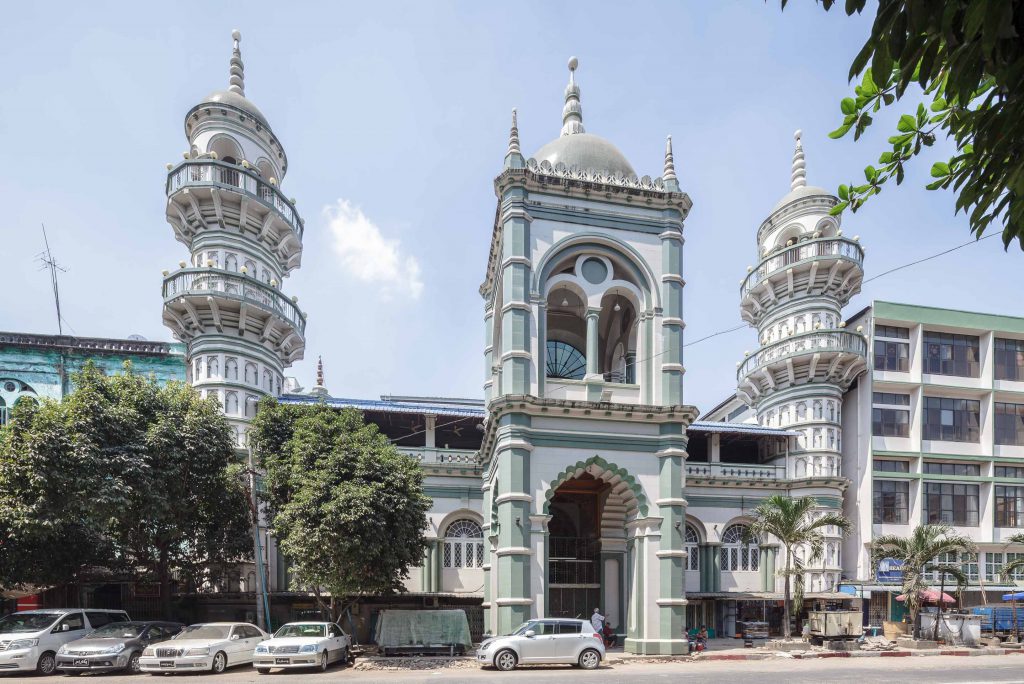
The mosque’s name suggests that it was built by Gujarati traders originating from or near Surat, quite possibly from the town of Rander opposite the Tapi River. Historical links between Rander and Myanmar survive to this day: many old homes in Rander are built with Burmese teak, and the culinary landscape features specialities brought back to India from “Burma Repatriates” during the Second World War as well as Ne Win’s nationalisation campaign in the 1960s. One still finds Rangooni parathas (deep-fried pieces of meat enveloped in a thin layer of wheat dough mixed with egg) and Khow Suey (traditionally a Shan noodle dish, and a close cousin of Thailand’s famous Khao Soi) in restaurants in Rander. If this whets your appetite, head to Golden Chetty Restaurant (115–117 Sule Pagoda Road) or New Delhi (on the corner of 29th Street and Anawratha Road) for some authentic Indian dishes. There is another mosque of the same name on 35th Street, worth visiting for its interesting setting on the narrow road.
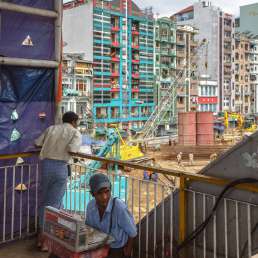
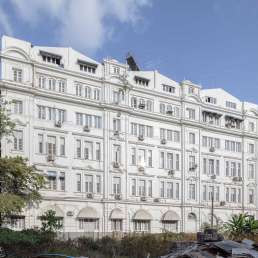
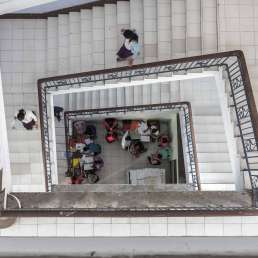
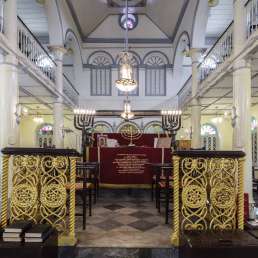
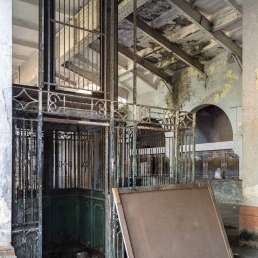
Interesting fact the arched entrance tower was added later sometimes in the 1880s or 1890s. I have an old photograph of the mosque without the entrance tower.
May I see the photo you mentioned.